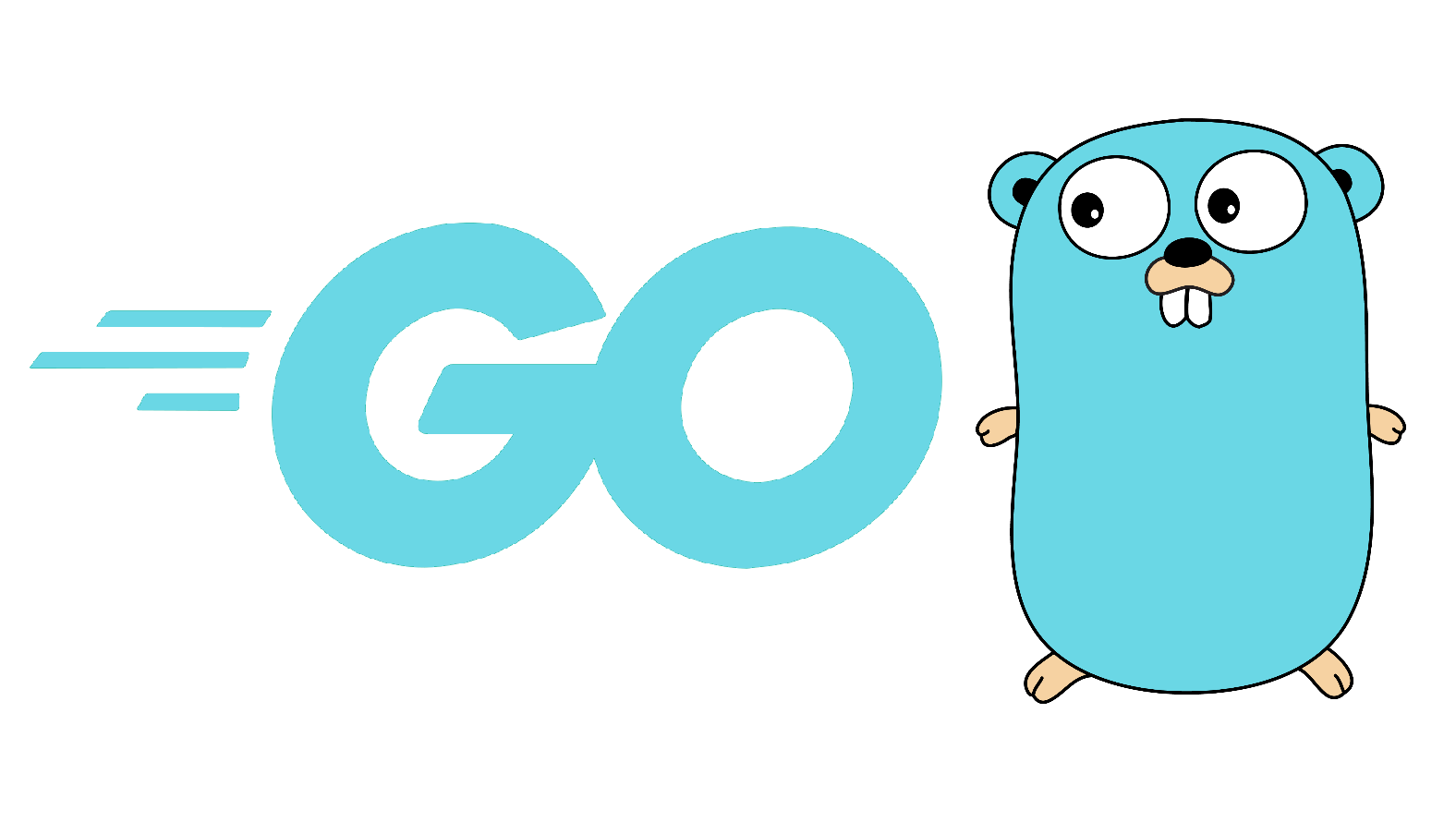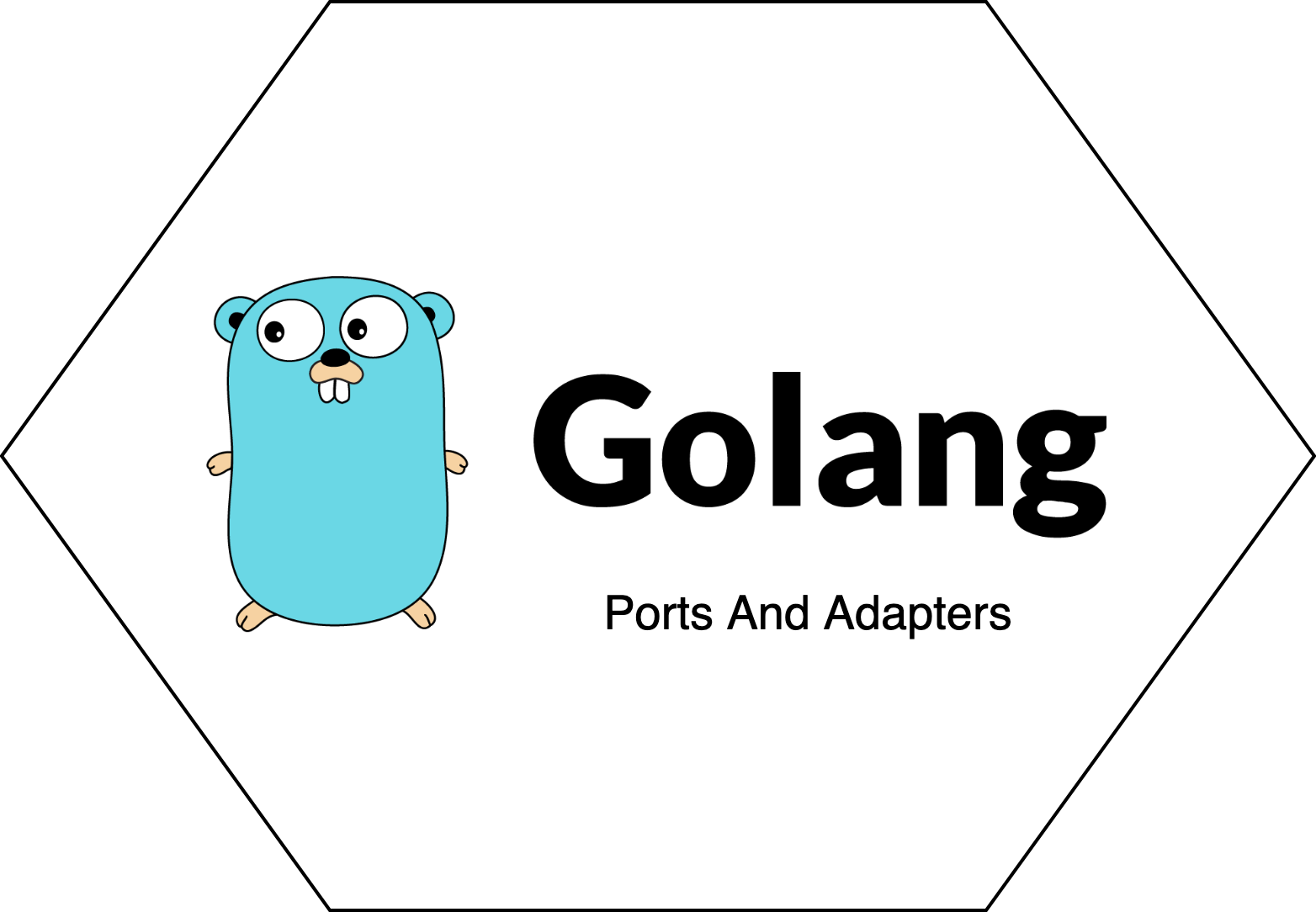
Last year, I had the opportunity to design a new project at work and since I had just finished reading Robert Martin’s Clean Architecture I thought to myself, why not implement it on that project ? One of the reasons, except my usual I have to implement this cool thing right away! was that working on legacy systems in the company was accompanied with the good ol’ big ball of mud code. The purpose of this post is to show you how can one implement Clean Architecture in practice and still understand it years from now, whether you work alone or in a team. Everything shown will be written in Typescript on Node.js using Object Oriented programming paradigm. All of the code will be available here
Disclaimer
Some of the things that I am going to write and show are my personal experiences and opinions, you may have read Robert Martin’s Clean Architecture and thought, interpreted or implemented otherwise. All the architectures have the same goals in the end. Implementing this in production has taught me a lot about how to build better software and expanded my toolbox as I hope it expands yours.
Clean Architecture
The idea behind Clean Architecture is that we have layers. Each layer is encapsulated by a higher level layer and the only way to communicate between the layers is with The Dependency Rule.
The Dependency Rule
states that source code dependencies can only point inwards, meaning each layer can be dependant on the layer beneath it, but never the other way around.
Entities
The core of this architecture are your entities, which represent your classes/types/interfaces/basic methods.
Use-Cases
A layer above the entities layer is your use-cases. Use-cases are your application specific business rules, for example, if we are talking about a shopping cart, then addToCart will be a use case, because it needs to recieve a type product and, for examples sake, check warehouse for availability and then insert new data to a DB and return response. Do not couple your use-cases to some input or output, instead pass a contract (interface) of some type in the constructor and pass the implementation itself at higher layers.
Repository Pattern
For database interactions it is recommended to use the Repository Pattern which encapsulates all your database interactions through an abstraction layer. The repository pattern does give you a bit freedom to replace databases with ease, but this rule only applies when your interactions are basic CRUD operations! If you have many to many relationships which require a graph database, switching to mongodb at the repository layer will not help you much as it is not built for that purpose, so take interactions into consideration at design level!
Interface Adapters
After the use-cases layer we have the Interface Adapters layer. Here, you convert your data from the form most convenient for entities and use cases, into the form most convenient for whatever persistence framework is being used, like the database, web or whatever you like. I like to call it, the implementations layer.
Frameworks and Drivers
The last layer is the Frameworks and Drivers. Here you call all of your dependencies that abide the contracts you defined in your use-cases. That way you can replace dependencies without the use-cases knowing anything about it, according to the L in S.O.L.I.D, which is called the Liskov substitution principle.
Liskov Substitution Principle
Liskov’s substitution principle states that if a system is using a type T which is an implementation of type S and we switch the implementation to type Z which is also of type S , the behaviour of the program should not change.
A small diagram to illustrate our layers, notice the arrows only pointing inward!
Taken from:
https://blog.cleancoder.com/uncle-bob/2012/08/13/the-clean-architecture.html

Clean Architecture In Practice
lets build something overused, like a shopping cart. We will first decide what are our use cases and from that we would be able to conclude an initial data model - our entities. Later on, we will create Interface Adapters(implementations) and at the final layer we will simply glue all of our dependencies and implementations and see how clean architecture could benefit us in future projects. Last but not least, we will show how easy it is to switch implementations from a web server to a command line interface.
What are our use-Cases
Because we chose a shopping cart, our use-cases will be pretty straight forward - addToCart and removeFromCart. Lets say addToCart needs to check our warehouse which is an external service, afterwards it will need to insert to our DB. removeFromCart will update warehouse and afterwards delete from our DB. After deciding on our business rules (use-cases), we can create an inital data model.
Defining the types
src\entities\types\AddedToCart.ts
1 | type AddedToCart = boolean |
src\entities\types\RemovedFromCart.ts
1 | type RemovedFromCart = boolean |
src\entities\types\Product.ts
1 | type Product = {} |
src\entities\types\ItemInWareHouse.ts
1 | type ItemInWareHouse = boolean |
Defining the contracts (interfaces)
src\entities\interfaces\addToCart.ts
1 | import AddedToCart from '../types/AddedToCart' |
src\entities\interfaces\removeFromCart.ts
1 | import RemovedFromCart from '../types/RemovedFromCart' |
src\entities\interfaces\cartRepository.ts
1 | import AddedToCart from '../types/AddedToCart' |
src\entities\interfaces\warehouse.ts
1 | import Product from '../types/Product' |
Defining the use-cases
Note how we expect to receive implementations of the warehouse and cartRepository interfaces in the code snippet below. The implementations themselves can be anything as long as they implement our interfaces.
The implementations will be passed in the constructor as well as other 3rd party dependencies/modules. If we used/imported the dependencies/implementations directly, we would not adhere to the Clean Architecture's inwards dependency (arrows we saw in the diagram above) as we would create a dependency of a higher level module to a lower level detail, also called dependency inversion.
src\use-cases\addToCart.ts
1 | import AddedToCart from '../entities/types/AddedToCart' |
src\use-cases\removeFromCart.ts
1 | import RemovedFromCart from '../entities/types/RemovedFromCart' |
Defining the implementations
Now lets first create implementations of add / remove / cartRepository and warehouse for a web server.
src\implementations\addToCart\web.ts
1 | import AddToCart from '../../use-cases/addToCart' |
src\implementations\addToCart\web.ts
1 | import RemoveFromCart from '../../use-cases/removeFromCart' |
I added a console implementation of cartRepository, which simply logs to stdout.
src\implementations\cartRepository\console.ts
1 | import ICartRepository from '../../entities/interfaces/cartRepository' |
I added a console implementation of warehouse, which simply logs to stdout.
src\implementations\warehouse\console.ts
1 | import IWarehouse from '../../entities/interfaces/warehouse' |
We chose a web implementation for addToCart and removeFromCart and a console implementation for warehouse and cartRepository.
We wrapped each use-case with a handler which will be part of a web server, in other words, we prepared the data in this layer for the next layer to use, which is the frameworks and drivers layer.
Defining the frameworks and drivers
Now, the last glue layer looks like this:
We could make it prettier, but I will leave that to you, after we learn this cool new architecture!
src\frameworks-drivers\web.ts
1 | import express from 'express' |
We initiated all dependencies, created all instances and passed everything along, if all interfaces are adhered, the code will compile and we can run web.ts. Try and run this example and send a POST to /item and a DELETE to /item, you will see our warehouse and database console implementations writing to stdout like we planned to.
Creating another implementation
Now, lets create a command line interface implementation for addToCart and removeFromCart. We will leave the warehouse and cartRepository as is but you can play with them as you wish.
lets create a new cli.ts under implementations\addToCartsrc\implementations\addToCart\cli.ts
1 | import AddToCart from '../../use-cases/addToCart' |
src\implementations\removeFromCart\cli.ts
1 | import RemoveFromCart from '../../use-cases/removeFromCart' |
Now, all we have left to do is create a new cli.ts under frameworks-drivers and call the corresponding cli implementations.
src\frameworks-drivers\cli.ts
1 | import program from 'commander' |
Summary
We first looked at what Clean Architecture is, as defined by Robert Martin, later, we saw what each layer does and provided detailed examples. In the end, we created a new implementation without touching the core business rules (addToCart, removeFromCart).
We saw how this architecture encourages seperation of concerns out of the box, gives a guideline on how to structure your code, defines interactions between layers and allows rapid changes regardless of the size of your codebase.




